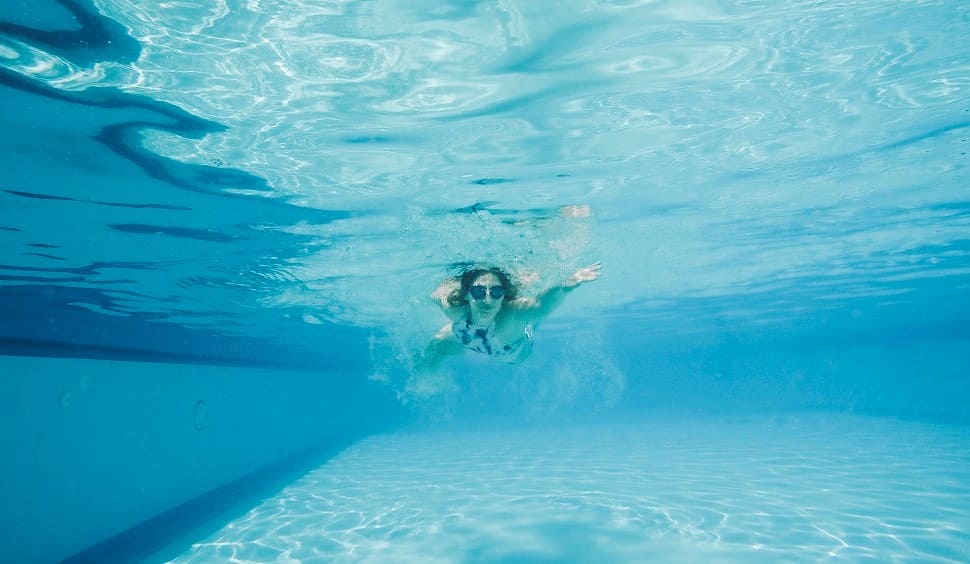
What Are the Types of Survival Swimming?
Survival swimming is a crucial skill that everyone should learn. It refers to the ability to stay afloat and swim efficiently for an extended period, especially in a survival situation such as being stranded at sea, caught in a rip current, or facing a sudden flood.
Survival swimming techniques differ from regular swimming as it focuses more on conserving energy and maintaining a comfortable and safe position in the water.
Here are some essential survival swimming techniques:
- Floatation Position: Floating is the most critical skill to learn for survival swimming. It is the most efficient way to conserve energy while waiting for rescue. Lie on your back and keep your face upwards while stretching your arms and legs. Relax your muscles and try to breathe calmly and deeply. This position keeps your head above water, and you can scan your surroundings for possible help.
- Treading Water: Treading water is a survival skill that helps you maintain a vertical position in the water without sinking. In this technique, keep your head above water, move your arms and legs in a circular motion, and keep yourself afloat. It requires some practice to get it right, but once you master it, it can help you conserve energy and stay alive for longer.
- Swimming with Clothes: When swimming in survival situations, you might have clothes on, which can make it challenging to swim effectively. Wearing clothes can cause them to get waterlogged, making it difficult to move your arms and legs. To overcome this challenge, try to remove your shoes and loosen your clothes. It helps reduce the weight of the clothes and increases your mobility in the water.
- Conserve Energy: In a survival situation, the most valuable asset is energy. Therefore, try to conserve your energy as much as possible by avoiding unnecessary movements, such as excessive paddling or splashing. Use long and steady strokes instead of quick and frantic movements, as they can cause exhaustion and reduce your chances of survival.
- Swimming Against Currents: Swimming against currents can be challenging, and it can quickly exhaust your energy. Therefore, it is crucial to use the right techniques to conserve energy and stay afloat. Try to swim parallel to the shore instead of directly against the current, as it will help you conserve energy and eventually reach the shore.
- Breath Control: Proper breathing techniques can significantly improve your swimming ability and help you conserve energy. When swimming, try to breathe deeply and calmly. Take a deep breath and exhale slowly while swimming. It helps you remain calm and reduces the chances of hyperventilating or gasping for air.
- Navigation: Navigation is an essential skill in survival swimming as it helps you stay oriented and move toward safety. Try to look for landmarks, such as mountains or buildings, which can help you determine your direction. Also, try to avoid swimming in circles, as it can cause confusion and disorientation.
In addition to these techniques, there are some essential tips to keep in mind while swimming in a survival situation:
- Stay Calm: In any survival situation, the most crucial factor is to stay calm and composed. Panic can lead to irrational decisions and unnecessary movements, which can consume valuable energy and reduce your chances of survival. Therefore, try to stay calm and focused on the task at hand.
- Evaluate the Situation: Before taking any action, try to evaluate the situation and determine the best course of action. Look for potential hazards, such as sharp objects or dangerous animals, and try to avoid them. Also, try to determine your location and the distance to the nearest safety point.
- Signal for Help: If possible, try to signal for help by waving your arms or making noise. It can help rescuers locate you quickly and increase your chances of survival.
- Stay Hydrated: Drinking water is essential.
Swimming is an important life skill that everyone should learn. Whether you’re a beginner or advanced swimmer, Swim Tech Gainesville offers comprehensive swimming lessons and training programs that cater to your individual needs and goals. With experienced coaches, state-of-the-art facilities, and flexible scheduling options, Swim Tech Gainesville is your partner in achieving swimming excellence.
